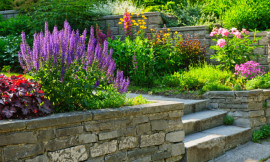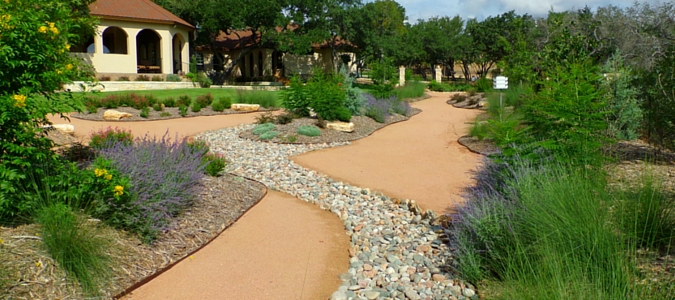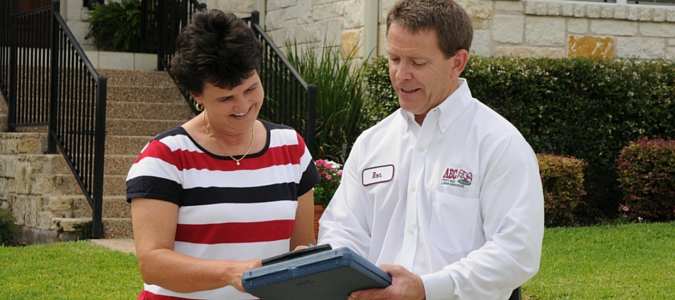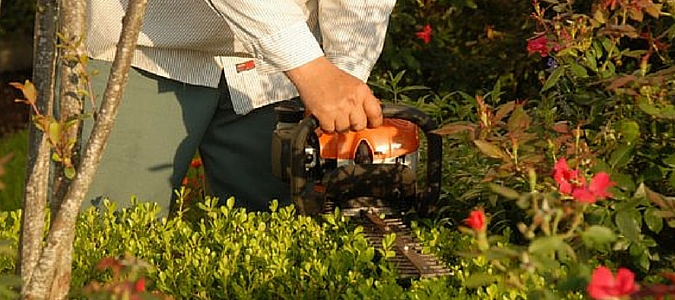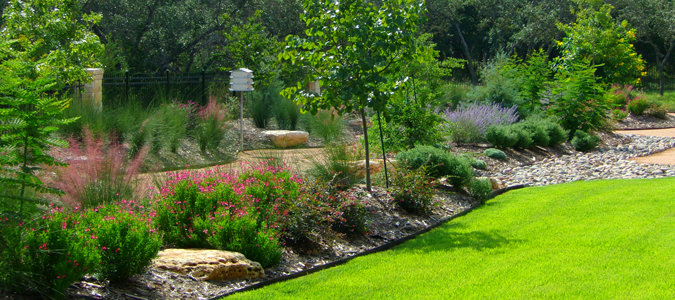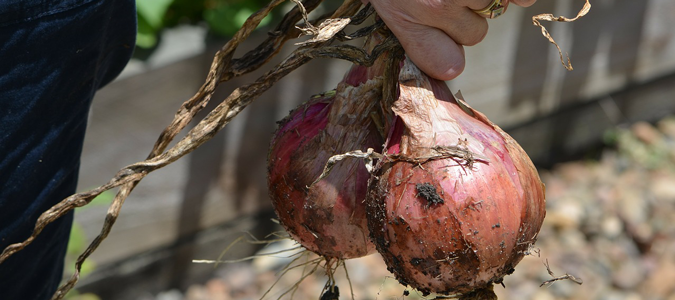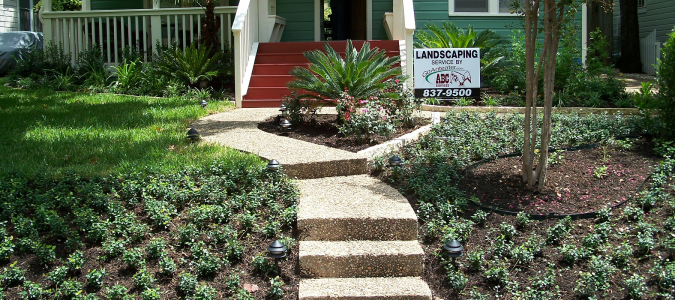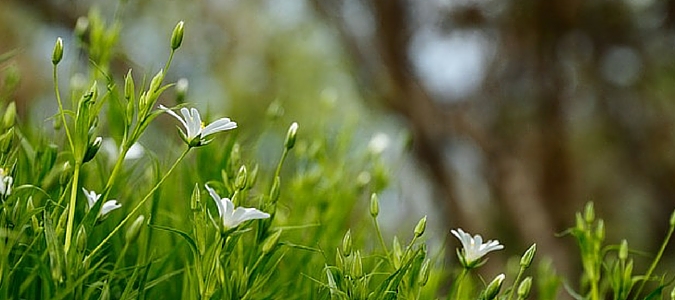A Mowed Lawn Is A Safer Home
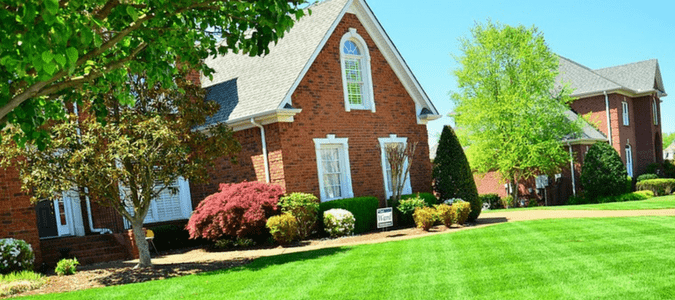
Landscape Design for Improved Home Security
September is peak time for landscaping and landscape design in San Antonio—and doing so has many benefits. It can create a backyard oasis, add aesthetic appeal to your home, and increase the value of your property. But did you know that a well-maintained lawn could help burglar-proof your home as well? While it might not seem obvious, a well-thought-out design can improve your home’s security.
Read on to learn how smart landscaping tricks can make your home safer and keep burglars off your property.
Increase Visibility
One of the first steps to improving your home’s safety is maximizing visibility. In other words, make sure there’s no greenery blocking your windows, doors, or peepholes. Be sure to keep overhanging trees trimmed and any shrubs or bushes at bay. For hedges and shrubs along windows, ensure they don’t grow higher than three feet to remove any potential screens or hiding … Read Full Post »
